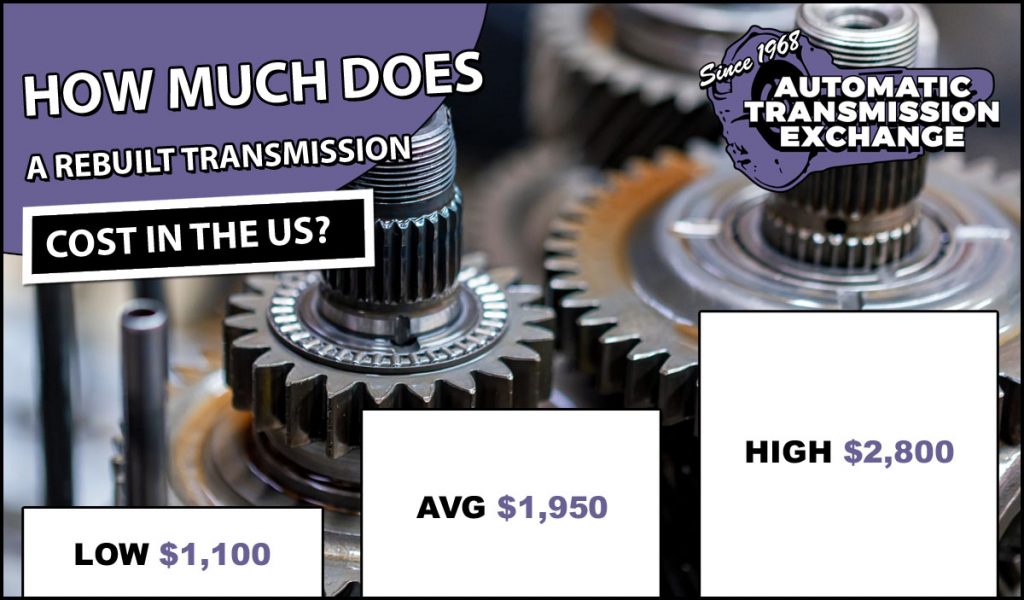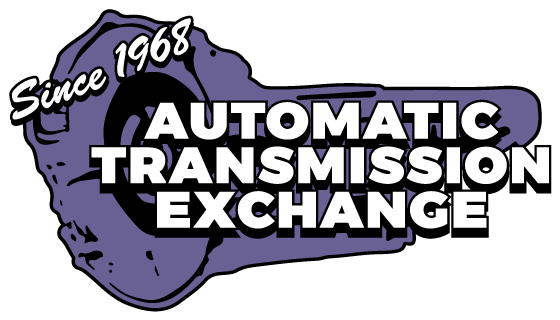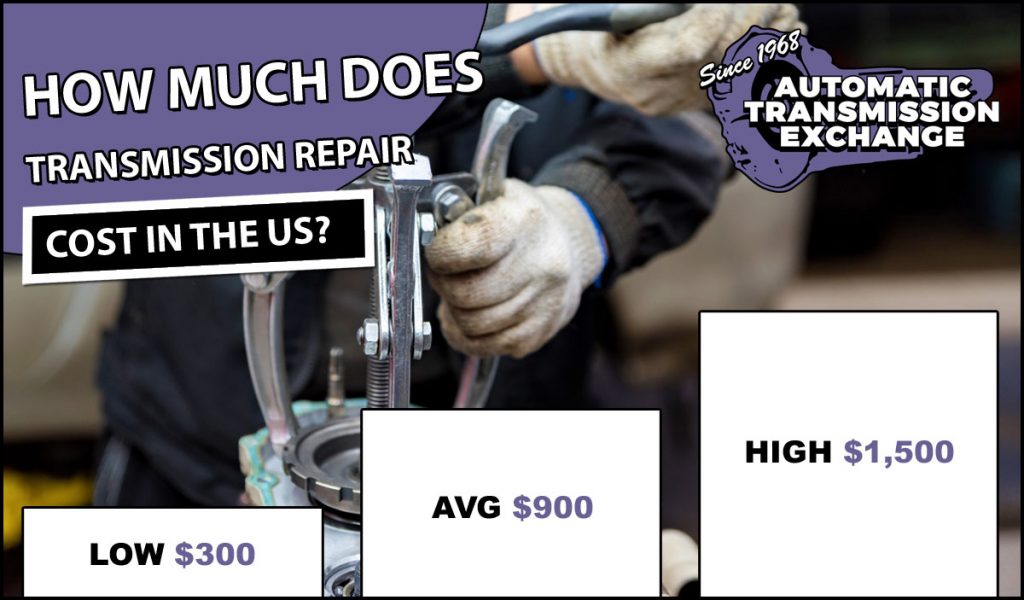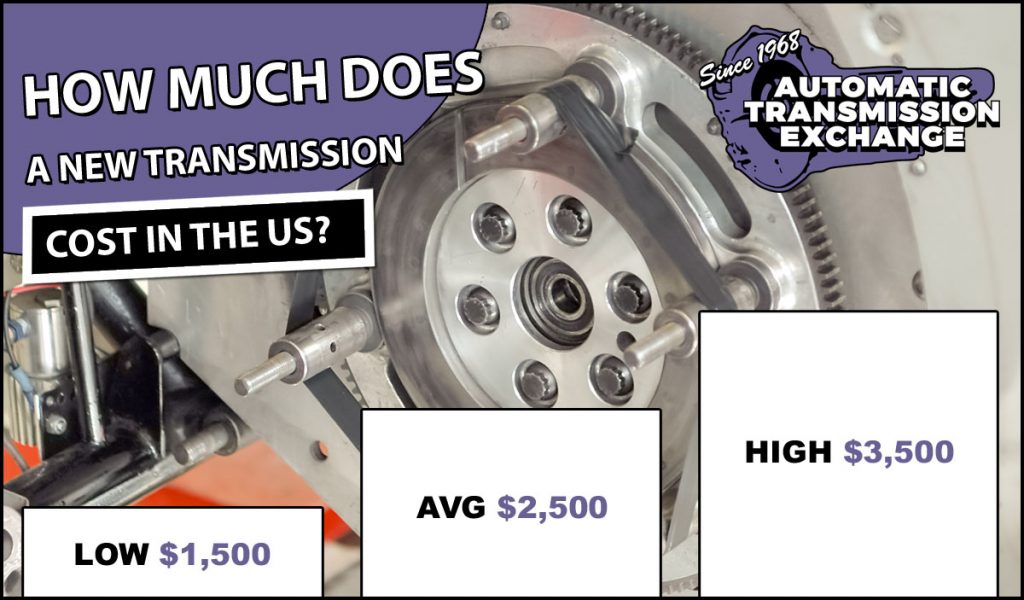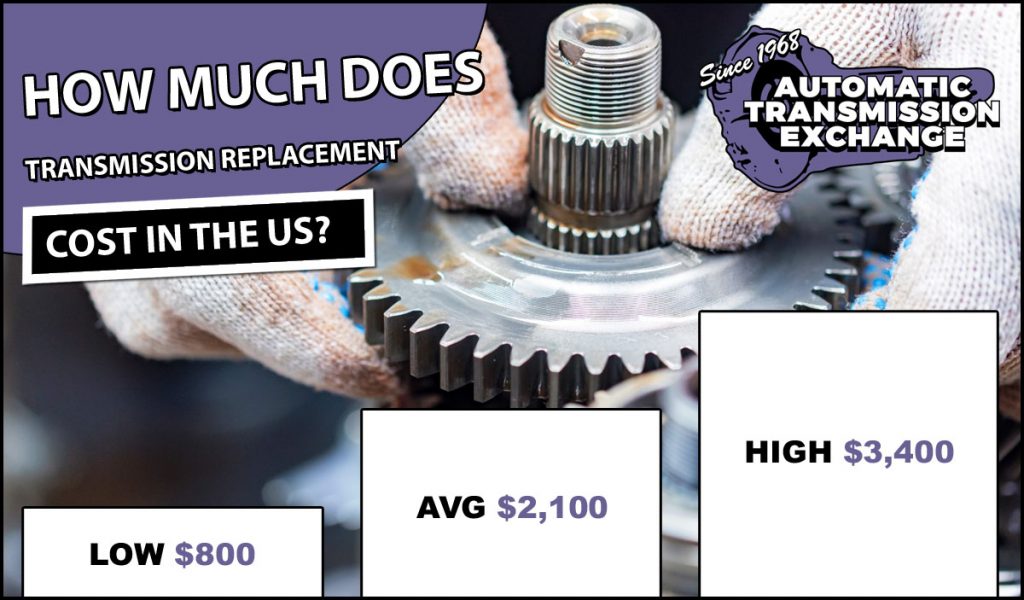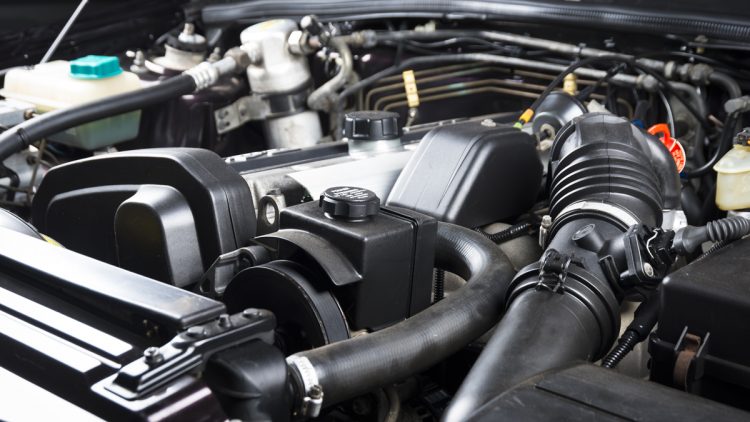Is synthetic oil superior to conventional oil? Should I think about converting from conventional oil to synthetic oil? What are the real differences between full-synthetic, synthetic blend and typical conventional oil? Keep reading to learn more.
Top 5 Synthetic Motor Oil FAQs
Is synthetic oil superior to conventional oil? Should I think about converting from conventional oil to synthetic oil? What are the real differences between full-synthetic, synthetic blend and typical conventional oil? Keep reading to learn more.
-
IS A SYNTHETIC OIL GOING TO BETTER FOR MY ENGINE THAN TYPICAL CONVENTIONAL OIL?
Indeed, synthetic oil is more favorable for your vehicle’s engine compared to conventional oil. Even though conventional oil for instance mineral oil) can offer sufficient lubrication performance, it can’t contend with the general engine performance and safeguarding offered by synthetic oils.
Synthetic oils use high quality based oils in comparison to the less refined based oils used in conventional oils making them:
- Less chemically balanced
- Oxidation and acidify easier
- faster in breaking down and lose protective attributes
Generally, full synthetic oils offer superior engine performance and protection used in conventional and synthetic-blend oils. Synthetic motor oils are specifically formulated with a tailor-made additive system that offers added performance advantages over and above those found in conventional and/or synthetic blended oils by:
- Hindering sludge and deposits build-up
- Decreasing wear
- Safeguarding against high temperatures
- Managing oil breakdown
So, all of that chemistry that begins in a lab really makes a huge difference on the road.
-
WHAT ARE THE BENEFITS OF SYNTHETIC OILS AS COMPARED TO CONVENTIONAL OILS?
Synthetic oils are produced using complex processes, including being chemically created from petrochemicals, to have the correct molecular qualities required for certain applications.
The process takes out impurities from the crude oil allowing individual molecules to be tailor made to the needs of today’s engines. These tailored molecules in synthetic oils offer higher degrees of performance and safeguarding than conventional oils.
How do synthetic oils surpass conventional oils?
- Provides greater engine wear safeguarding
- Maintains your engine’s cleanliness
- Flows easier in lower temperatures
- Safeguarding better at higher temperatures
- Safeguarding vital turbocharger parts
-
DO SYNTHETIC OILS HAVE LONGER OIL CHANGE PERIODS THAN CONVENTIONAL OILS?
Absolutely, typically, synthetic oils can offer longer oil change periods than conventional oils. But it is usually subject to the brand of oil and several other elements, like driving manner and driving conditions. Please abide by the suggestions in your owner’s manual when your vehicle is under warranty.
Many synthetic motor oil brands still suggest getting oil changes every three thousand or five thousand miles.
-
WHAT’S THE DISTINCTION BETWEEN A FULL SYNTHETIC OIL AND A SYNTHETIC BLEND?
Whereas there aren’t any solid oil industry definitions, full synthetic motor oils usually utilize the highest quality based oil mixtures as a beginning point. Synthetic blended motor oils are typically going to be either a blend of high-quality and low quality conventional based oils or all high quality (more high than conventional) based oils. However, the synthetic based oil is only part of the tale. The right mixture of additives needs to go into the mix for the creation of the oil.
The tailor-made additive system in full synthetic oils provides the added performance benefits far beyond those found in synthetic blended oils. And whereas full synthetics as a motor oil class offers superior protection than conventional and synthetic blended oils, not every synthetic is created equally.
-
MY VEHICLE DOES NOT REQUIRE SYNTHETIC MOTOR OIL. AM I ABLE TO CONVERT IT FROM CONVENTIONAL MOTOR OIL TO A FULL SYNTHETIC MOTOR OIL?
Converting from typically conventional motor oil to a full synthetic motor oil is absolutely acceptable. Many full synthetic motor oils are adaptable with conventional oils, oils for higher mileage vehicles, synthetic blend, and other full synthetic oil. Engine flushing is not a requirement.
For Higher Mileage Vehicle Engines
Nevertheless, when your vehicle has a higher mileage engine (for instance engines with more than 65,000 miles) that’s never used a synthetic motor oil, or an engine that has been badly maintained with sporadic oil changes, it is suggested easing into extended oil change periods to allow synthetic oil to clean the engine. In these situations, you should still adhere to the same primary oil change processes.
Adhere to your OEM’s suggested maintenance practices concerning oil changes, but you need to follow more frequent oil changes when first converting to a synthetic oil. The reasoning behind these curtailed oil change periods is that higher mileage engines, or ones that have had a shortage of maintenance (like sporadic oil changes), is going to probably have a significant buildup of engine sludge and/or deposits.
Synthetic oil is going to help clean your engine while you’re driving, but it is going to have to work a lot harder in a very “filthy” engine and so it is best to more frequently change the oil for the first several thousand miles. Following that that, you can be certain that synthetic oil is continuously keeping your engine running clean and well lubricated for each mile you drive.
We offer a full range of auto transmission repair and replacement services from automatic transmission to manual transmission to the entire Phoenix Metro area.
*Disclaimer – This is not an actual quote. Your transmission repair or replacement cost could be different than the prices you see on this guide. The only way to get an actual estimate is by searching for transmission repair and replacement shops near you. Contact Automatic Transmission Exchange if you are in the Phoenix area and need transmission repair or replacement.
